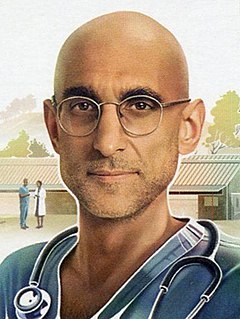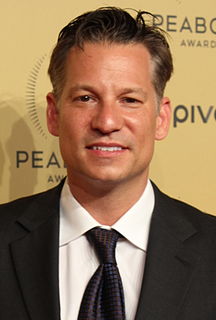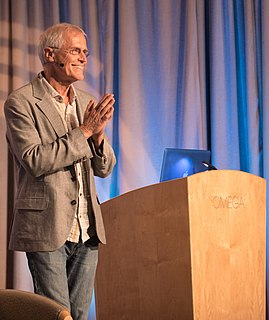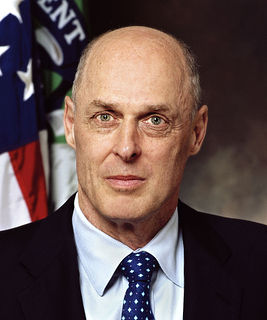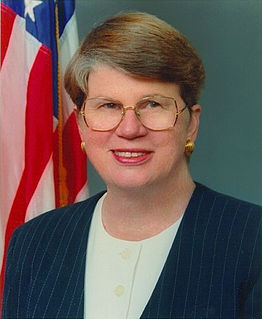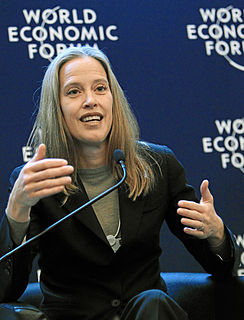A Quote by Tom Catena
Probably 99 percent of Nuba are subsistence farmers. They have maybe two or three cattle, a few goats. Now there are food shortages, so they're very thin. But traditionally, they are very strong and muscular. They grow sorghum, okra, a bit of corn, some peanuts. If they need money, they'll sell one of their animals or sell some sorghum.
Related Quotes
The traditional farm, the peanuts, the cotton, the corn, is probably not the thing to do, because you're up against big farmers who can afford all the equipment to grow those kinds of crops. But we need healthy food. We're being encouraged to eat more vegetables. Our school systems are being encouraged to buy locally. So, we need farmers who can produce that food.
The government will pay certain farmers to not grow corn. Wow. Where's my check? That'd be great. "Hey, what do you do for a living?" "Well, I don't grow corn. Get up at the crack of noon, make sure there's no corn growing. I'm gonna get up early tomorrow. And not plow. You know, we used to not grow tomatoes-but there's more money in not growing corn."
When cattle ranchers clear rain forests to raise beef to sell to fast-food chains that make hamburgers to sell to Americans, who have the highest rate of heart disease in the world (and spend the most money per GNP on health care), we can say easily that business is no longer developing the world. We have become its predator.
If some institution wants to sell you a billion dollars worth of mortgages, they might have to sell 100 million in the market, and then you'll buy the other 900 million on the same terms. Now, the very fact that this has been authorized or will be authorized, I hope, will firm up the market to some degree. And that's fine. But you don't want to have artificial prices being paid.
I'm not expecting a big sell-off but I do think that if we don't have a move toward economic growth and policies that will promote economic growth and get us out of this 2 percent world - we really need to see 4 percent, 5 percent - to see jobs created, and if we don't see that longer-term, yeah the market will sell-off...[but] I do think things are getting better. It's just been very slow.
